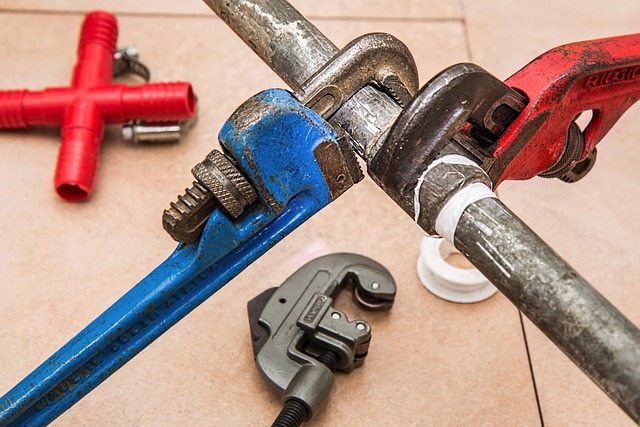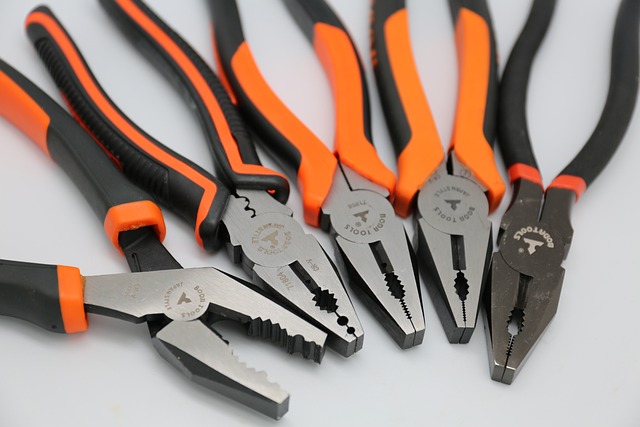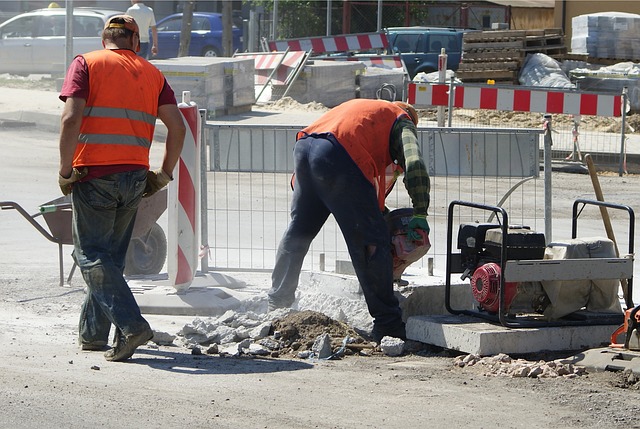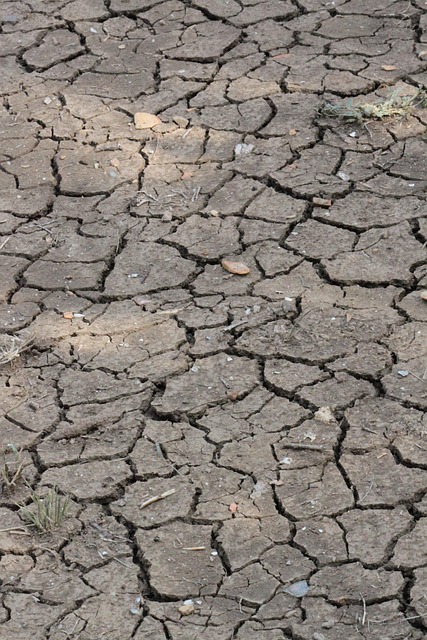Concrete slab cracks, caused by soil movement, structural defects, or environmental factors, require tailored repair methods. Visual inspection identifies crack types (e.g., vertical, horizontal, diagonal) and severity, guiding selection of techniques like carbon fiber reinforcement, epoxy injection, or hydraulic cement patching. Proper preparation, use of suitable materials (epoxy, polyurethane), and safety gear are crucial for successful crack repair. Regular maintenance, including cleaning, sealing, and stress point management, prevents crack formation and prolongs concrete slab lifespan.
Concrete slab cracks can range from minor aesthetics to serious structural issues. Understanding the causes and types of cracks is the first step towards effective repair. This guide delves into the world of crack repair, covering everything from assessing damage through visual inspection to advanced repair techniques and essential tools. Learn about preventive measures that ensure long-lasting concrete slab integrity. Discover how to tackle common cracks with a step-by-step guide, empowering you with the knowledge for successful crack repair.
Understanding Concrete Slab Cracks: Causes and Types

Concrete slab cracks can be a common concern for homeowners and builders alike, but understanding their causes is the first step toward effective crack repair. These cracks may appear as hairline fractures or wider gaps over time and can vary in severity. The most prevalent reasons include settlement or movement of the concrete due to shifts in soil beneath it, structural defects like poor initial mixing or reinforcement placement, and environmental factors such as extreme temperatures or freezing/thawing cycles that cause the concrete to expand and contract.
There are several types of cracks to consider: vertical cracks, which often indicate foundation issues; horizontal cracks, commonly caused by shrinking concrete; diagonal cracks resulting from stress buildup; and settlement cracks due to uneven soil compaction. Prompt identification of crack types is crucial as it determines the appropriate crack repair method. Different techniques like carbon fiber reinforcement, epoxy injection, or hydraulic cement patching are employed based on crack width, depth, and underlying causes.
Assess the Scope of Damage: Visual Inspection and Evaluation

When assessing concrete slab repair needs, the first step is a thorough visual inspection. Look for any cracks in the slab’s surface – these can range from hairline fractures to larger, more visible splits. Also, check for uneven surfaces, settlement gaps, or signs of water damage, as these could indicate structural issues beneath the surface. This initial evaluation will give you a clear idea of the extent of the damage and guide your decision-making process in choosing the most suitable crack repair method.
During this inspection, pay close attention to the pattern and severity of cracks. Are they widespread or isolated? Do they appear on one side of the slab more than others? These details are crucial as they can influence the root cause of the damage – from simple surface deterioration to more complex structural problems. Understanding the scope of damage will ensure that you target the right areas for repair, whether it’s a minor crack repair or a more intricate renovation task.
Crack Repair Techniques: From Basic to Advanced Methods

Concrete slab cracks can range from small, cosmetic issues to significant structural problems. Repairing them is crucial for both aesthetic reasons and to prevent further damage. Basic crack repair involves cleaning the crack, applying an epoxy or urethane-based filler, and then smoothing the surface. This method is suitable for shallow, non-structural cracks.
Advanced techniques, such as carbon fiber reinforcement or polymer injection, are used for deeper or wider cracks that compromise the slab’s integrity. Carbon fiber strips are embedded in the crack to provide additional strength and prevent further propagation. Polymer injections create a durable bond with the concrete, filling and strengthening the crack from within. These advanced methods are essential for larger repairs and offer long-lasting solutions, ensuring the stability and longevity of the concrete structure.
Materials and Tools Essential for Effective Repair

When it comes to concrete slab repair, having the right materials and tools is essential for effective crack repair. For start, stock up on high-quality epoxy or polyurethane-based repair compounds, which are designed to withstand the forces exerted on slabs. These materials come in various forms, from ready-to-use tubes to powdered mixes, allowing you to choose based on your project’s size and complexity. Don’t forget to grab the necessary tools like wire brushes, chisels, and hammer drills to prepare the damaged area, ensuring a clean and roughened surface for optimal adhesion. Additionally, safety gear such as gloves, goggles, and masks are non-negotiable to protect yourself from chemicals and dust during the repair process.
Step-by-Step Guide: Fixing Common Cracks in Slabs

Crack Repair Guide:
The first step in fixing common cracks in concrete slabs is preparation. Clear the area around the crack, removing any debris or loose material. Next, assess the crack’s width and depth; this will determine your repair method. For wider cracks (over 1/4-inch), you’ll likely need to use a combination of products like an epoxy injection and a polymeric patching compound. Start by injecting the epoxy into the crack, following the manufacturer’s instructions, to provide structural support. Once cured, apply the patching compound over the repair area, ensuring it fills the entire crack and slightly overspills for a smooth finish.
For smaller cracks (under 1/4-inch), a single product like a polymeric concrete patch is sufficient. Apply the patch using a trowel, filling the crack completely and smoothing the surface. Allow the repair to cure fully before applying any load or traffic. Regular maintenance and prompt attention to new cracks can prevent them from expanding, ensuring a longer-lasting concrete slab.
Preventive Measures: Long-Lasting Solutions for Concrete Slab Integrity

Preventive measures play a pivotal role in maintaining the integrity of concrete slabs and preventing costly crack repairs. Regular inspection is the first step; identifying potential issues early on allows for prompt action. By regularly checking for cracks, especially in areas prone to stress like corners, edges, and joints, you can catch them before they expand.
Proper maintenance includes keeping the slab clean and free from debris, as well as applying sealers or coatings to create a protective barrier against moisture and chemical attacks. These measures not only extend the lifespan of the concrete but also serve as long-lasting solutions for crack repair by minimizing environmental factors that contribute to damage.
